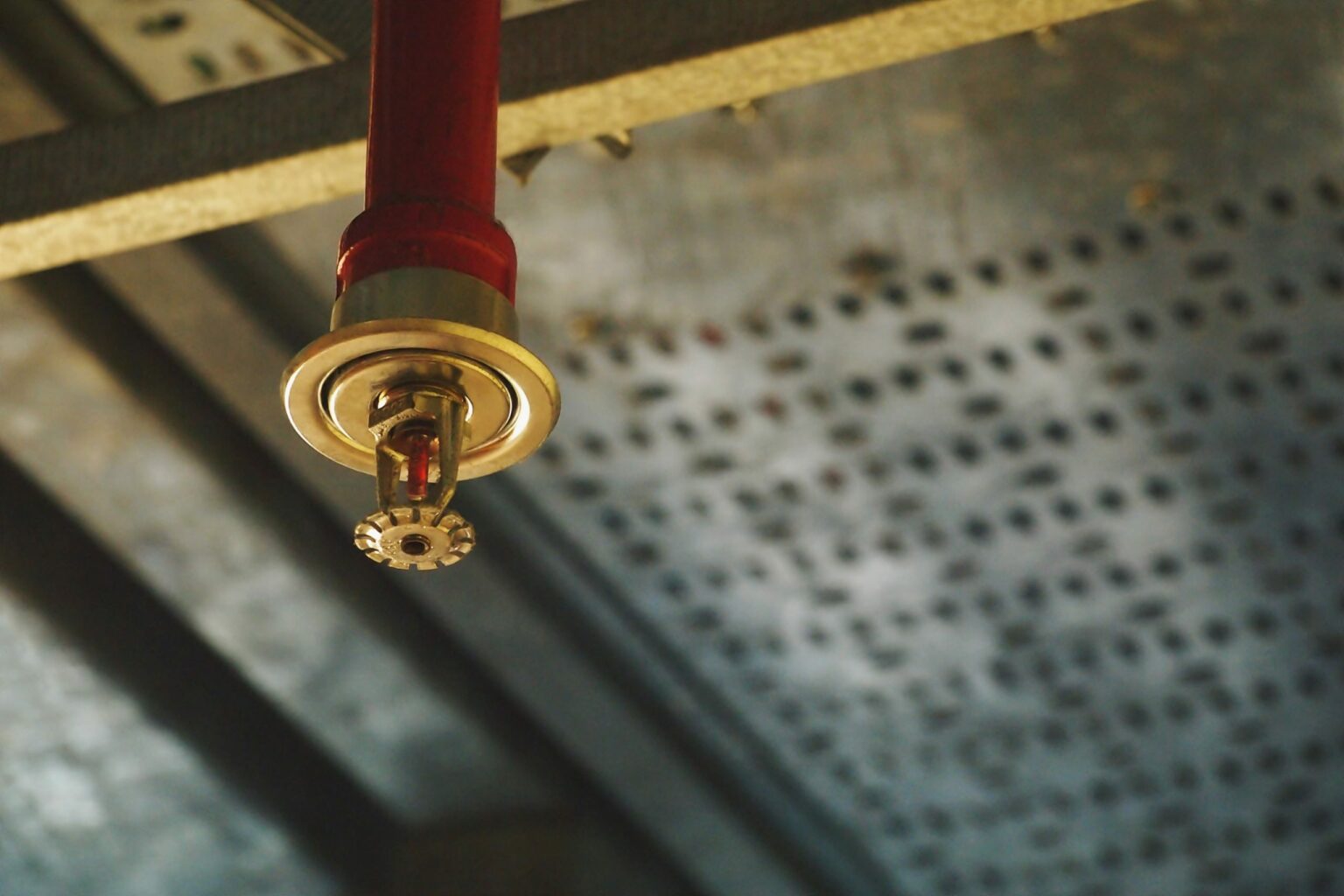NFPA issues guidance on Sprinkler usage
- May 23, 2022
- 9:07 am


Iain Hoey
Share this content
The National Fire Protection Association (NFPA) has issued guidance on best practice for sprinkler systems following National Sprinkler Week which took place from 16-22nd of May.
Today NFPA 13E – the ‘Standard for the Installation of Sprinkler Systems – provides the information necessary to ensure fire departments are trained on and operate effectively with automatic fire sprinkler systems.
The guidance document explains that although some fire sprinkler systems are designed to suppress a fire, most are designed to control a fire. The main difference between fire control and fire suppression is related to the fire sprinkler systems impact on the fires heat release rate.
The three principal causes of fire sprinkler system failures identified in NFPA 13E are a closed control valve, inadequate water supply for the system and occupancy changes that render the installed system unsuitable.
Beyond the primary causes found in the recommended practice, NFPA has conducted research on the U.S. Experience with Fire Sprinklers to help understand fire sprinkler effectiveness.
The NFPA said that familiarisation with the types of control valves and their layout in a system will allow firefighters to both understand what valves will disrupt water flow and what position have they should be in for effective operation.
If firefighters encounter a valve which is not in the correct position during a fire, placing that valve in the correct position may restore the system effectiveness.
Additionally, fire departments should never turn off a sprinkler system that has activated until they have confirmed the fire is fully extinguished and overhaul has taken place, and noted that simply turning the system back on may not reestablish fire control.
On water supply, it said it may be inadequate due to a lack of available water flow, lack of available pressure or both, and since fire department pumpers often have the capacity to supply water at higher flow rates and pressures than the normal water supply, utilising a fire department pumper to supply water to the fire department connection (FDC) can address most inadequate supply concerns.
On occupancy changes, it said that although the fire department does not have an ability to impact occupancy changes during a fire incident, an effective pre-plan and inspection program has the potential to identify occupancy changes which can adversely impact fire sprinkler system effectiveness before fires occur.
It advised training those conducting these inspections to understand what types of commodities would represent a high heat release rate fire and how to identify if a sprinkler system could be designed to deliver the necessary water density can reduce this potential cause of failure.
It concluded by saying: “As with all NFPA recommended practices, the language is less rigid than a standard or code, utilising “should” instead of “shall” as to not limit the individual fire departments, allowing them to adopt more effective procedures.
“Familiarisation with NFPA 13E provides anyone who may be utilising a fire sprinkler system the knowledge necessary to positively impact the systems effectiveness.



